Category Archive: Liquid Rubbers

Resin coatings are extremely useful in commercial and industrial settings and even in the art world. Resins are commonly used to coat surfaces like concrete floors or countertops, create high-gloss finishes, and make repairs. Two of the most common resins are epoxies and polyurethanes. Generally, epoxies are rigid, while polyurethanes will typically be more elastic. […]
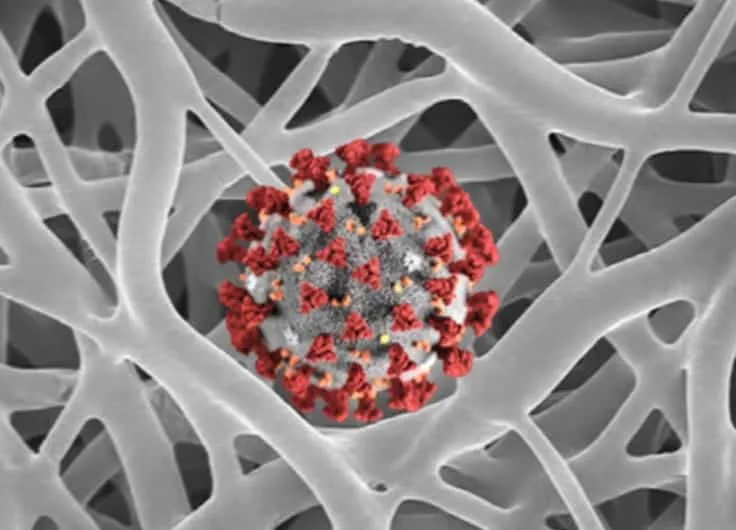
Filters are an essential component to entire industries, manufacturing facilities, processes, and in some cases, the end products themselves. Filters are enabling the tools and devices that are essential to defeating this invisible enemy we are now facing: Covid-19.

In this article, we show you step by step, how to duplicate a complex pattern using Hapco’s high performance materials and equipment.
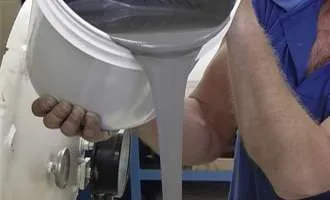
There are many specialty resins that are formulated for highly-engineered applications, and because of their unique chemistries, they have a thicker viscosity than other products, making them a bit trickier to process. This article offers helpful advice to those who need to process a thicker viscosity resin in order to meet a wider range of requirements for their parts.
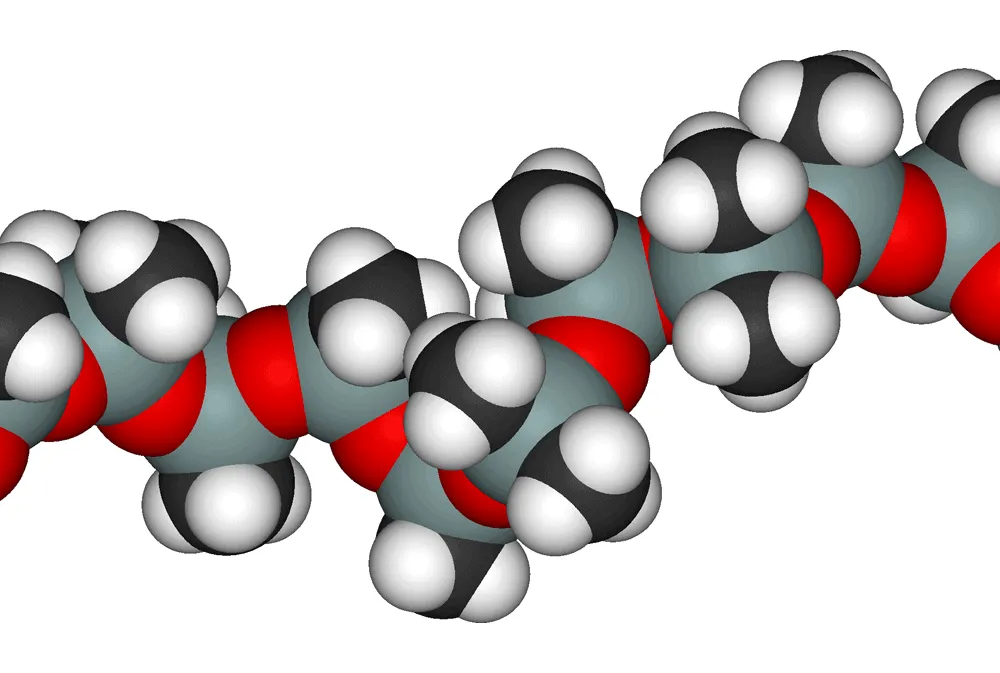
Silicones are commonly used in the liquid molding process to make molds and parts. Understanding the differences between the different types of silicone can be helpful before deciding what to buy for your application.
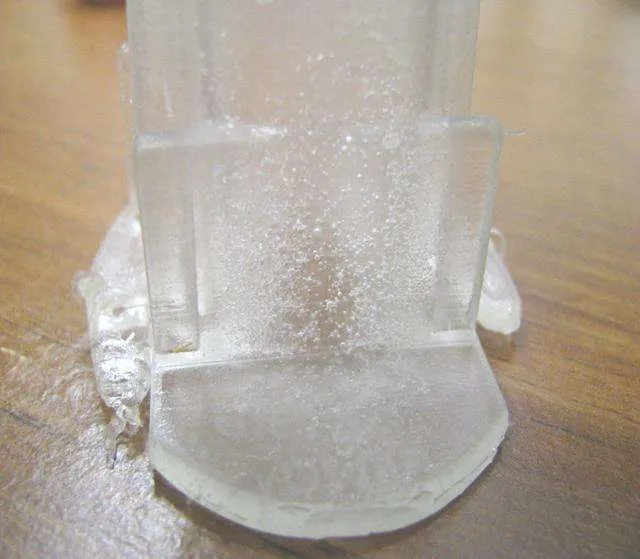
Clear part with an uncured surface. If I had to come up with a list of the most common issues our customers call us about, along with air bubbles, a sticky surface on their clear castings would be at the top. My first question to them is always: Are you using silicone? In 95% of […]
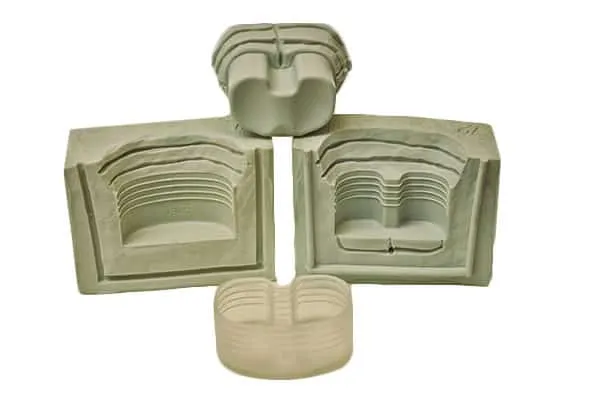
A few months back, we discussed the differences between Liquid Molding and Injection Molding and described when each method is appropriate. As a follow up, we thought it would be important to focus on Liquid Molding and to discuss some of the tooling options as well as the advantages and disadvantages to using each. Aluminum […]
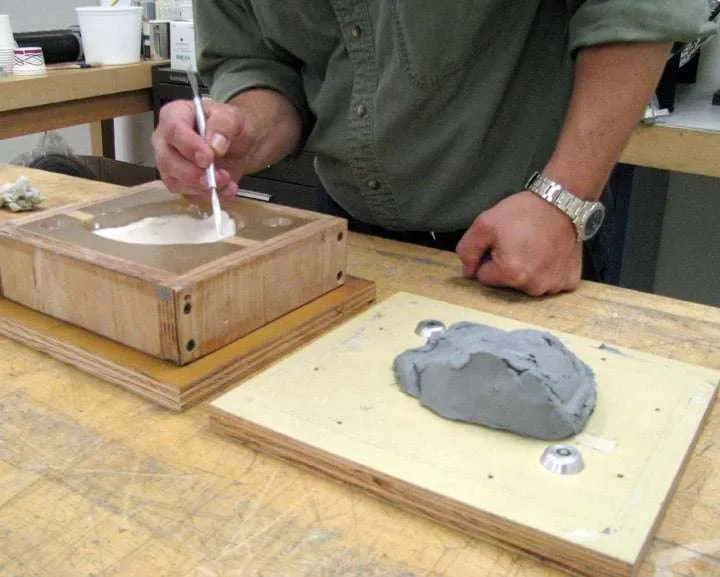
8:00AM – 10:30AM Use some clay to raise the part from the parting board and orient the part to maximize the flow of material and minimize the amount of air that could get trapped. Build up a mound of clay underneath the part, leaving room for the gate and vent. The angle from the clay […]











